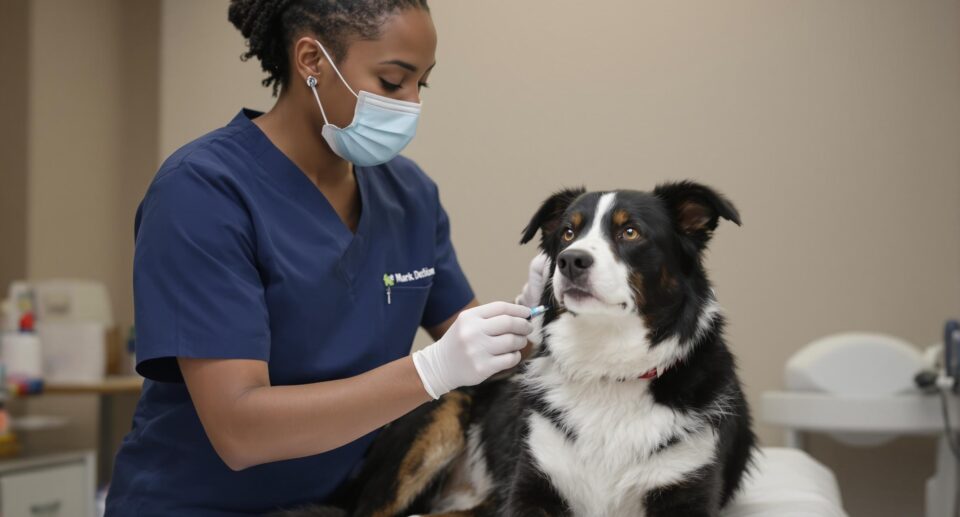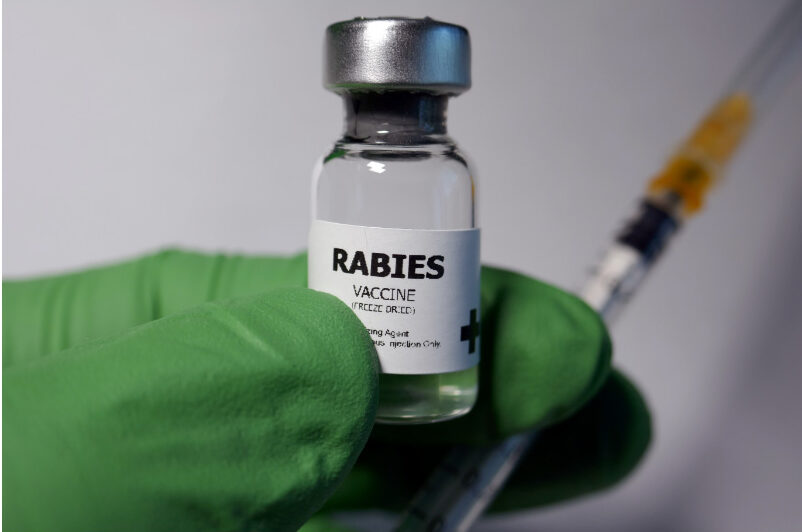Choosing the Best Flea and Tick Shampoo for Dogs Made Easy

Key takeaways:
- Choosing the right flea and tick shampoo means considering factors like your dog’s skin sensitivity, activity level, and overall lifestyle.
- A well-rounded flea and tick protection plan includes regular baths with a quality shampoo, a nutrient-rich diet, and proper home management.
- Talking to your veterinarian before choosing a flea and tick shampoo helps ensure that any combination of treatments is both safe and effective for your dog’s breed and unique needs.
Did you know that the right flea and tick shampoo can protect your dog for up to two weeks? If your pup is scratching more than usual or showing signs of discomfort, finding fast and effective relief becomes a top priority. But with so many options out there, how do you choose the best one? Should you go for an over-the-counter option or a prescription formula?
Every dog is different, and consulting your veterinarian will help you determine the safest and most effective flea and tick treatment for your pet’s unique needs. After all, the right choice can make all the difference in your pet’s comfort and long-term protection. In the meantime, PetHealthMD is here to help you navigate the options and learn what factors to consider.
How to choose the right flea and tick shampoo for dogs
Finding the right flea and tick shampoo for your dog doesn’t have to be complicated—as a loving pet parent, you want to make safe, informed choices about your furry friend’s care.
Here’s a simple guide to help you pick the perfect shampoo:
- Start with safety first: Choose a gentle formula with either proven insecticides, like permethrin, or natural alternatives, such as essential oils for sensitive pups.
- Consider your dog’s skin needs: Mild, soap-free shampoos are best for puppies and dogs with delicate skin, keeping their coat soft while effectively fighting fleas.
- Plan your protection schedule: Some shampoos offer up to 30 days of protection, so consider your dog’s outdoor adventures and lifestyle when deciding between long-lasting or frequent-use options.
- Tackle multiple problems at once: Look for a shampoo that targets fleas, ticks, and their eggs and larvae for complete protection. Your vet can help you choose a trusted option tailored to your pet’s needs.
- Talk with your vet before mixing treatments: This is especially important if your pup already uses other flea medications or has skin sensitivities. Talking to your vet will help you create a safe, effective care plan that keeps your four-legged friend happy and healthy.
After considering all of the above, you should be able to reduce your list of shampoo options to a few good ones.
The key benefits of flea and tick shampoos
Keeping your dog comfortable and protected from pests starts with choosing the right flea and tick shampoo. A well-formulated shampoo not only eliminates fleas and ticks on contact but also keeps your pet’s skin and coat healthy.
Here are some key benefits of flea and tick shampoos for dogs:
- Effective pest control: A quality flea and tick shampoo kills pests on contact, helping to reduce infestations quickly. Many formulas also contain ingredients that disrupt the flea life cycle, preventing eggs and larvae from developing into adults.
- Gentle on skin & coat: Unlike harsh chemical treatments, flea shampoos cleanse while preserving your dog’s natural skin oils, preventing dryness and irritation. Some shampoos include soothing ingredients like aloe, oatmeal, or coconut oil to help calm itchy, inflamed skin.
- Natural options available: Natural alternatives use ingredients like peppermint oil, eugenol (from clove plants), and cedarwood oil to repel and eliminate fleas and ticks. These are great choices for pet owners looking for chemical-free solutions that are still effective against pests.
Works well with flea combs: A flea shampoo loosens pests and debris from your dog’s coat, making it easier for a flea comb to remove dead fleas, eggs, and larvae. Regular combing after a bath helps ensure that no lingering fleas are left behind.
How flea and tick shampoos compare to other treatments
- Spot-on treatments: These monthly applications provide long-lasting protection but don’t offer the immediate cleansing and relief that shampoos do. Shampoos help wash away allergens and soothe irritated skin, making them a great complementary treatment.
- Oral medications: Pills and chews kill fleas systemically, but they don’t clean the skin or remove allergens like shampoos. If your dog has skin sensitivities, a soothing flea shampoo can help provide additional comfort.
- Flea collars: While flea collars offer continuous protection, they only target specific areas rather than treating the whole body. A flea shampoo ensures pests are eliminated from the entire coat while also nourishing the skin.
- Flea sprays: These can be applied directly to your dog or their environment but don’t provide the deep-cleaning benefits of a bath. Shampoos help remove dirt, allergens, and excess oils while killing fleas and ticks.

Addressing common concerns about flea and tick shampoos
Many pet parents have questions about flea and tick shampoos, from how they work to how often they should be used. Here’s a handy guide to answer your most common concerns and help keep your furry friend protected and comfortable.
Q: How do I know if a flea and tick shampoo is working properly?
You’ll know the shampoo is effective if you see dead fleas or ticks washing off during the bath or shortly after. Within a few hours, your dog should show reduced scratching and irritation as the pests are eliminated. Additionally, an effective shampoo helps prevent reinfestation, meaning you should notice fewer fleas in your dog’s environment over time.
Q: How often should I bathe my dog with flea shampoo?
Bathing frequency will depend on your dog’s lifestyle and the severity of the flea problem. For regular prevention, a bath once a month is usually enough, while an active infestation may require weekly baths at first. Keep an eye out for signs like excessive scratching or visible fleas to determine when another wash is needed.
Q: Is flea shampoo safe for puppies?
Flea shampoos can be too strong for very young puppies, especially those under 12 weeks old. Some mild, puppy-safe formulas are available, but it’s best to check with your vet before using any flea shampoo on a young pup. In many cases, gentle flea combing and vet-approved flea treatments are safer options.
Q: Can I combine flea shampoo with other treatments?
Yes, but timing is key. If using multiple flea treatments, start with a shampoo bath, then wait at least 48 hours before applying topical medications. This prevents irritation and ensures each treatment works effectively. For a personalized flea control plan, it’s best to consult your vet.
Q: Do different dog breeds need different flea treatment approaches?
Yes, a dog’s coat type and skin sensitivity can impact which flea treatment works best. Long-haired breeds like Collies may need more frequent bathing and extra rinsing, while short-haired dogs often benefit from lighter formulas. Breeds with sensitive skin, such as Bulldogs, do best with gentle, hypoallergenic options. A pet care specialist can help you find the right match for your dog’s specific needs.
Protect your dog with smart prevention choices
Your dog deserves the best protection against fleas and ticks, ensuring their comfort and overall health. These pests aren’t just a nuisance—they can carry serious diseases like Lyme disease, making prevention essential. Fortunately, the right flea and tick shampoo, combined with a solid protection plan, will help keep your furry friend happy, itch-free, and active.
Looking for the best flea and tick solutions? 1800PetMeds offers a wide selection of veterinarian-recommended shampoos and treatments to help you find the perfect fit for your pup. Shop with confidence and give your pet the care they deserve!





